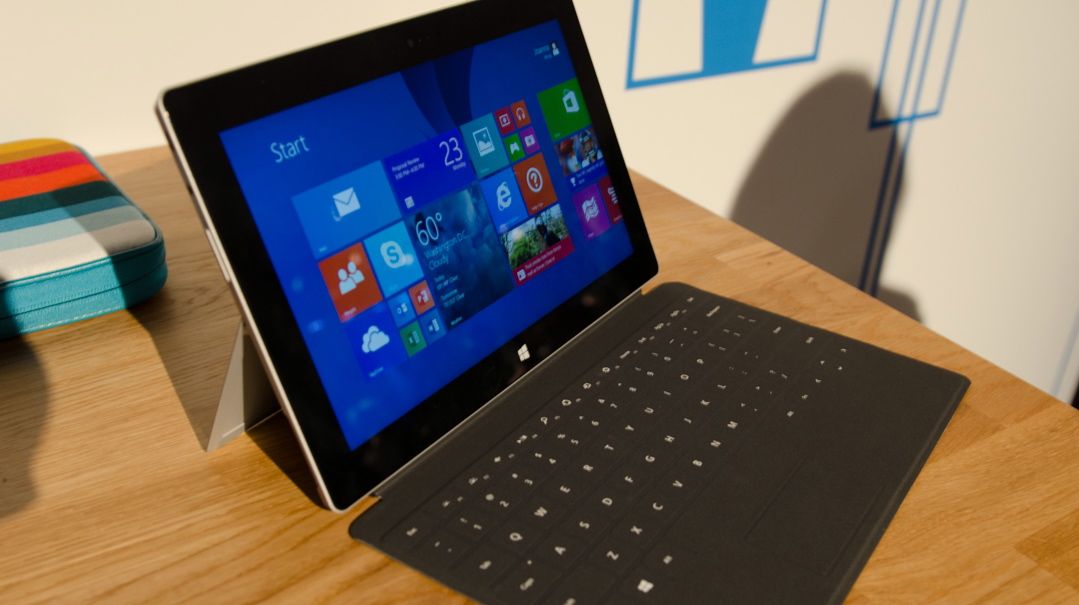Multiple Surface sizes are coming, says Microsoft's tablet chief
Look for Surface 2 with LTE on AT&T and Vodafone

Microsoft's tablets won't be stuck forever in the 10.6-inch space they currently occupy.
At a Microsoft Store event in Seattle last night, Surface head Panos Panay wouldn't confirm the company is working on a Surface Mini, but laid this bit of bait on the line:
"We have a lot of great things that we are thinking about and working on, and there are multiple aspect ratios and sizes and awesome things to come from Surface," he said, as reported by GeekWire. "That's the best answer I have for you."
Panay's answer doesn't rule out larger tablets either. The newly announced Surface 2 and Surface Pro 2 have screens that measure 10.6-inches each, but could we see Microsoft stretch to 11, 12 or even 13 inches with its slates?
His response also addresses a major sticking point for the Surface family; more aspect ratios would improve the tablets portrait view mode. Surfaces currently favor a landscape orientation, making a vertical turn a clumsy endeavor.
Surface 2 with LTE smarts
Panay also reiterated some news he dropped during a Reddit Ask Me Anything session last week, noting an LTE-supporting Surface 2 will launch in early 2014.
He did get more specific this time around, revealing he expects the Surface 2 with LTE to launch, at the start, on AT&T in the U.S. and Vodafone in Europe.
Are you a pro? Subscribe to our newsletter
Sign up to the TechRadar Pro newsletter to get all the top news, opinion, features and guidance your business needs to succeed!
According to GeekWire's report, Panay was clear there won't be Surface Pro 2 with LTE.
- Check out our hands on Surface 2 review and Surface Pro 2 review right here!
Michelle was previously a news editor at TechRadar, leading consumer tech news and reviews. Michelle is now a Content Strategist at Facebook. A versatile, highly effective content writer and skilled editor with a keen eye for detail, Michelle is a collaborative problem solver and covered everything from smartwatches and microprocessors to VR and self-driving cars.
